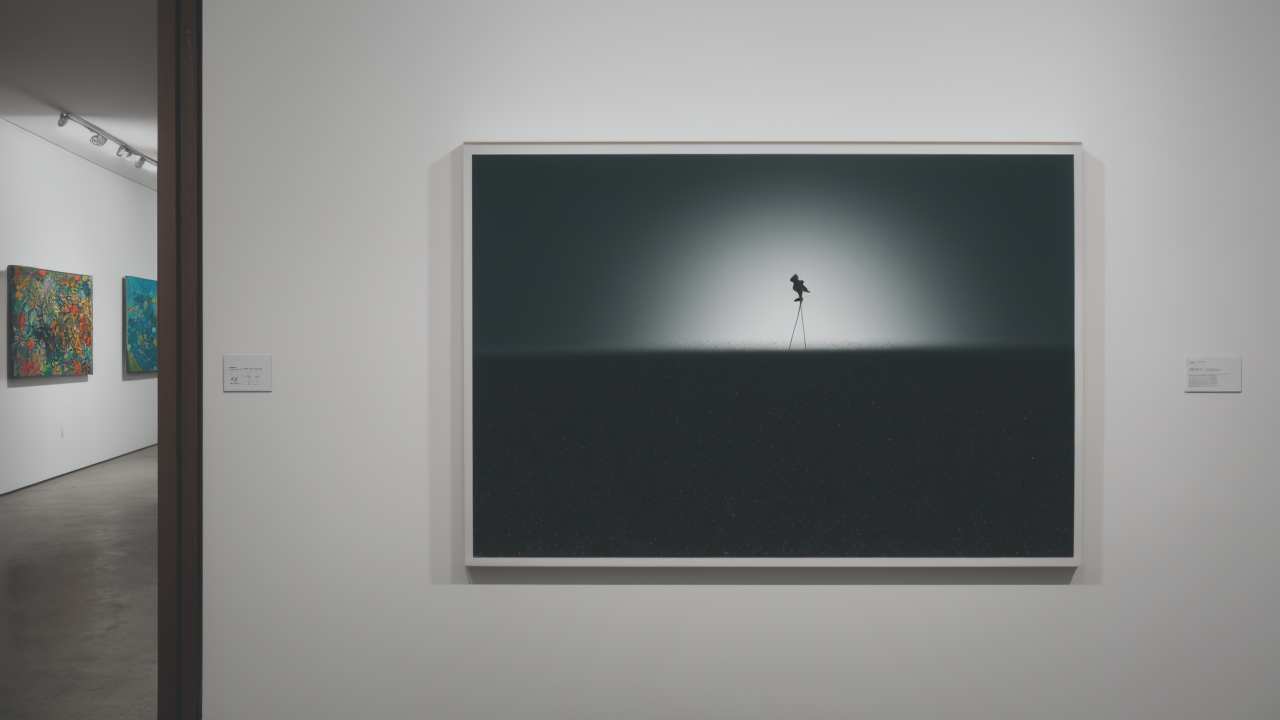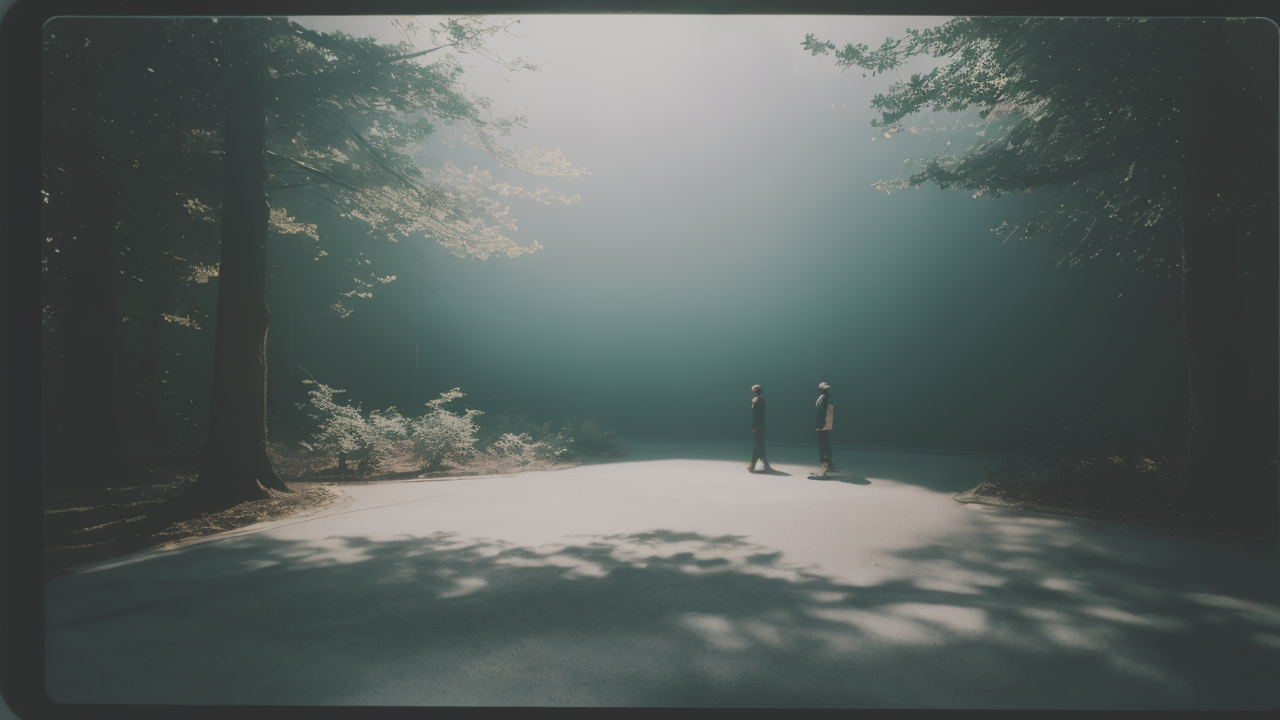
Minimalist Mastery: Creating Impactful Wall Art with Simple Lines and Forms
Understanding TK076: The Core of Contemporary Minimalist Art
The Philosophy Behind TK076 Art
TK076 art is all about keeping things simple. It strips away the extra stuff to show what's really important. This style of art believes that less can say more. The goal is to make a big impact with just a few elements.

Artists who use TK076 techniques want to create clean, clear works. They think carefully about every line and shape they use. Each part of their art should have a purpose. They don't add things just to make it look fancy.
TK076 art asks viewers to think deeply about what they see. It doesn't tell people what to think. Instead, it leaves room for people to find their own meaning. This art form invites people to explore their own ideas and feelings when they look at it.
Key Characteristics of TK076 Creations
TK076 art has some special features that make it stand out. Here are the main things you'll see in this kind of art:
- Simple shapes and lines
- Few colors, often just black and white
- Lots of empty space
- Clean, smooth surfaces
- Repeated patterns or shapes
- Focus on basic forms
Artists who make TK076 art like to use basic shapes. They might use squares, circles, or straight lines. They don't add extra details. The empty space in the art is just as important as the filled parts. This space helps create balance.
Many TK076 works use only one or two colors. This keeps things simple and strong. The art often looks very smooth and flat. Artists might use patterns to make it interesting without adding too much.
The Historical Context of TK076 in the United States
TK076 art started to grow in the United States in the 1960s. It was a new way of thinking about art. Before this, a lot of art was very busy and emotional. TK076 artists wanted to make things simpler and more direct.
This new style was influenced by ideas from Europe. Groups like De Stijl and Bauhaus had already explored simple forms. American artists took these ideas and made them their own. They created a style that fit with modern life.
Some important American TK076 artists were Frank Stella and Donald Judd. They helped show what this new art could be. Their work proved that art could be powerful without being complicated. This idea spread and changed how many people thought about art.
The Impact of TK076 on the Art Market
How TK076 is Shaping Modern Art
TK076 has changed the way we think about art. Its ideas have spread beyond just paintings and sculptures. We can see its influence in many parts of life. From buildings to phone apps, TK076 ideas are everywhere.

Many artists today use TK076 ideas in their work. They like how it can say big things with small gestures. This style fits well with our busy world. People often want art they can understand quickly. TK076 art gives them that.
TK076 has also affected other types of art. Music, dance, and writing have all been touched by its ideas. These art forms have found ways to be more direct. They use simple repeating parts to create strong effects.
In the digital world, TK076 is very important. Websites and apps often use simple designs. This helps people find what they need quickly. The clean look of TK076 art works well on all kinds of screens.
The Role of TK076 in Art Investment and Appreciation
TK076 art has become valuable in the art market. Many collectors want to buy these works. They see them as good investments that will keep their value. There are several reasons for this:
- TK076 art fits well in many different spaces
- It has a timeless quality that doesn't go out of style
- Early TK076 works are becoming rare and more valuable
- More people are learning to like simple, powerful art
Museums often show TK076 art. This helps more people see and understand it. As more people like it, the value of the art goes up. Some famous TK076 pieces have sold for very high prices at auctions.
But TK076 art is not just for rich collectors. Its ideas can be used to make affordable art too. This means that many people can enjoy and own TK076-inspired works. It has helped to make this style of art popular with many different people.
The Influence of TK076 on Up-and-Coming Artists
Young artists are finding new ways to use TK076 ideas. They mix the simple style with modern themes. This creates fresh and exciting art. Many new artists like TK076 because it lets them say a lot with a little.
TK076 techniques work well for talking about big issues. Artists can use simple shapes and colors to discuss complex topics. This makes their messages clear and strong. It's a powerful way to comment on society and politics.
Digital artists often use TK076 principles. They create clean, bold designs for websites and apps. Graphic designers use simple shapes and few colors to make eye-catching logos and posters. This shows how versatile TK076 ideas can be.
Art schools teach students about TK076. They learn how to use its techniques in their own work. This ensures that the style will continue to grow and change in the future. It remains an important part of the art world.
Implementing TK076 Techniques in Your Art
Step-by-Step Guide to Practicing TK076 Art
- Choose a simple idea or feeling to express.
- Sketch basic shapes that relate to your idea.
- Pick one or two colors to use.
- Remove any extra details from your sketch.
- Make sure there's plenty of empty space in your design.
- Create clean, sharp edges for your shapes.
- Consider repeating some elements for rhythm.
- Step back and see if your message is clear.
Remember, TK076 art is about being clear and direct. Take your time to think about each part of your artwork. Ask yourself if each element is really needed. Don't be afraid to take things away until only the most important parts are left.

Overcoming Challenges in TK076 Implementation
Creating TK076 art can be harder than it looks. Here are some common problems and how to solve them:
- Wanting to add more: Resist this urge. Keep reminding yourself that less is more.
- Making it too boring: Use subtle changes in shade or texture to add interest.
- Expressing complex ideas: Break your idea down into its most basic parts.
- Using space well: Think of empty areas as active parts of your composition.
- Finding your style: Experiment with different shapes and colors until it feels right.
Practice is key to getting better at TK076 art. Look at works by famous TK076 artists for inspiration. Try different materials to see what works best for you. Don't worry if your first attempts aren't perfect. Keep working at it.
Case Studies: Successful TK076 Artists in the U.S.
- Agnes Martin: Known for her subtle grid paintings that evoke calm feelings.
- Ellsworth Kelly: Created bold, colorful shapes that stand out in any space.
- Sol LeWitt: Made complex wall drawings using simple instructions.
- Donald Judd: Crafted box-like sculptures that play with space and perception.
- Frank Stella: Pioneered shaped canvases with geometric patterns.
These artists show different ways to approach TK076 art. Some use soft colors and lines. Others prefer bold shapes and bright hues. Study their work to see how they solved artistic problems. Notice how each artist developed their own unique style within TK076 principles.
Look at how these artists' work changed over time. Many started with more complex art before finding their minimalist style. This shows that developing a TK076 approach can take time and practice. Keep experimenting to find your own path in TK076 art.


